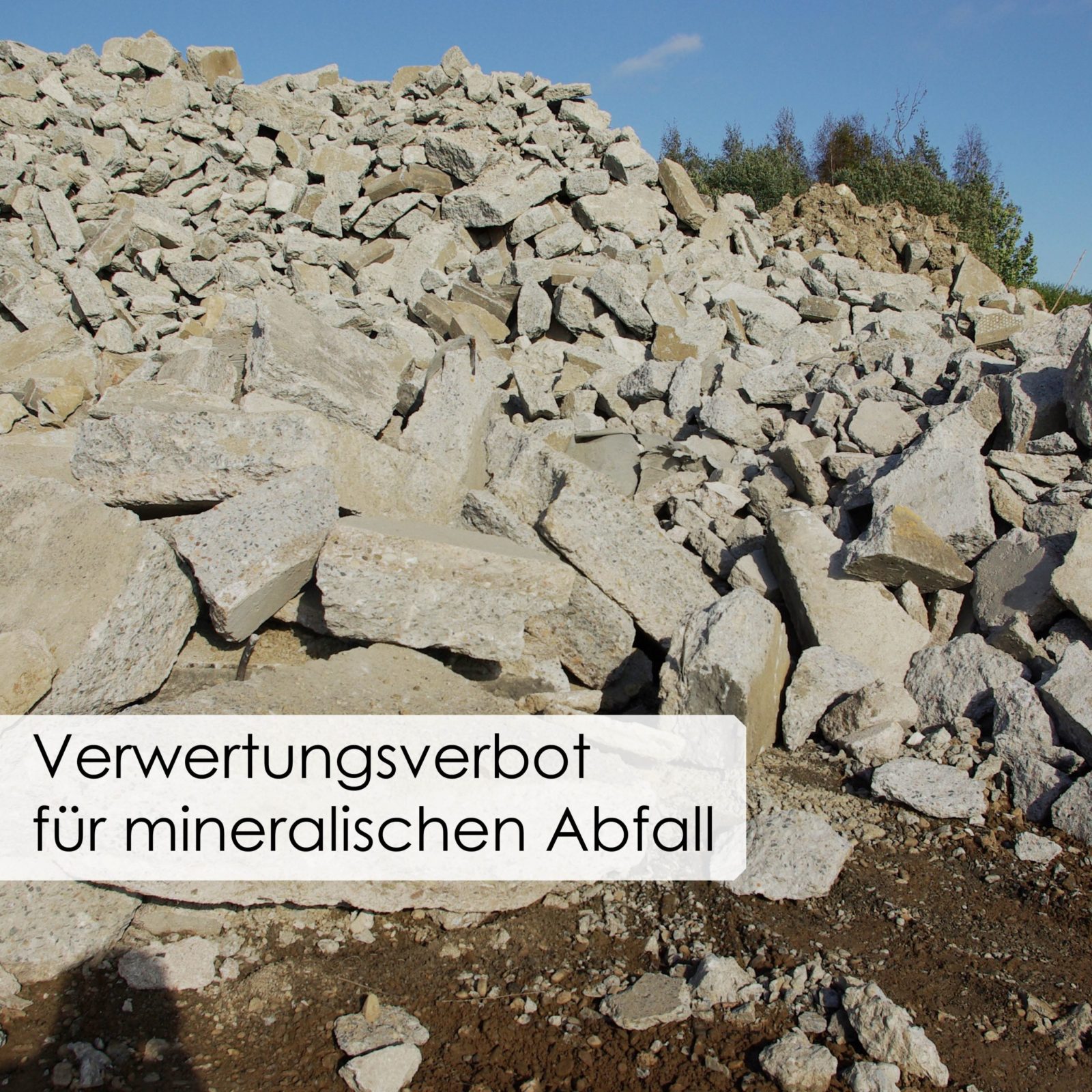Recycling ban for mineral waste with intentionally added asbestos
Highly stressed road pavement layers often incorporate basic, igneous rocks such as basalt, diabase or gabbro, which may contain natural proportions of asbestos minerals. Particularly in the 1960s and 1970s, asbestos fibres were also added intentionally (e.g. in joint grouts of concrete pavements or as asbestos-containing spacers in bridge structures).
According to Section 3 (1) of the Chemicals Prohibition Ordinance (ChemVerbotsV) in conjunction with Annex XVII of Regulation (EC) No. 1907/2006 (REACH Regulation), the manufacture, placing on the market and use of asbestos fibres as well as of products and mixtures containing these fibres are prohibited. intentionally added are prohibited. This prohibition applies not for naturally occurring mineral raw materials and preparations and products made from them that contain asbestos with a mass content < 0.1 %. This is because, according to Section 16 (2) in conjunction with Annex 2 No. 1 (Asbestos) of the Ordinance on Hazardous Substances, the extraction, preparation, further processing and reuse of naturally occurring mineral raw materials and preparations and products made from them that contain asbestos is only prohibited with a mass content of 0.1 % or more.
According to the specifications of TRGS 517, layers with a proportion of respirable asbestos fibres according to WHO < 0.008 M.-% are classified as "asbestos-free" to be declared. "Special measures" for occupational health and safety are not required. With an asbestos content WHO ≥ 0.008 M.-% the layers are classified as "containing asbestos", but are classified as "non-hazardous waste" up to the limit of 0.1 M-%. According to the Ordinance on Hazardous Substances, mixtures and products with an asbestos content below 0.1 M-% may be reused. Notwithstanding this, "Special measures" for occupational health and safety are required for the removal of layers containing asbestos. From a mass content of ≥ 0.1 M.-% onwards, it is waste that may no longer be placed on the market and is classified as hazardous waste is to be eliminated.
When stating the results, please note: Values are not rounded, i.e. a result of e.g. 0.099 M.-% is not rounded up to 0.1 M.-%. Thus, the value is below the value of 0.1 M.-% and is thus to be classified as "non-hazardous waste". There are no exemptions from restriction regulations for intentionally added asbestos. As soon as as asbestos has been detected, it must be removed from the circular economy in accordance with the ChemVerbV in conjunction with the REACH Regulation, irrespective of the mass content. If it turns out that asbestos products were used, it must be checked with regard to the KrWG whether these products can be separated from the rest of the building. If this is not the case, a mass analysis is necessary, i.e. the mass of asbestos must be converted to the mass of the building. The following constellations can arise:
- If the mass fraction is less than 0.1 M.-%, the demolition material shall be disposed of as non-hazardous waste with waste code 17 01 01 concrete with the addition "contains asbestos" at a landfill approved for this purpose.
- If the mass fraction is ≥ 0.1 M.-%, the demolition material must be disposed of as hazardous waste with waste code 17 06 05* Asbestos-containing building materials at a landfill approved for this purpose.
Extrapolation of the asbestos content to the total demolition is not permissible in order to make the declaration "asbestos-free". The entire Demolition material is to be classified as "containing asbestos" if spacers containing asbestos are present.
#m&pgroup #engineeringforabettertomorrow #projects #whatwedo
Our business areas
Environmental and geotechnical engineering
Construction and project management
Renewable energies
Real estate development
Infrastructure
Water management
Our companies
M&P Engineering Company
M&P Engineering Company Munich
T&P Beratende Ingenieure
P&P Real Estate Consulting
P&B Real Estate Management
P&M Project Management
M&P Umwelttechnik
Please contact us
Follow us on

